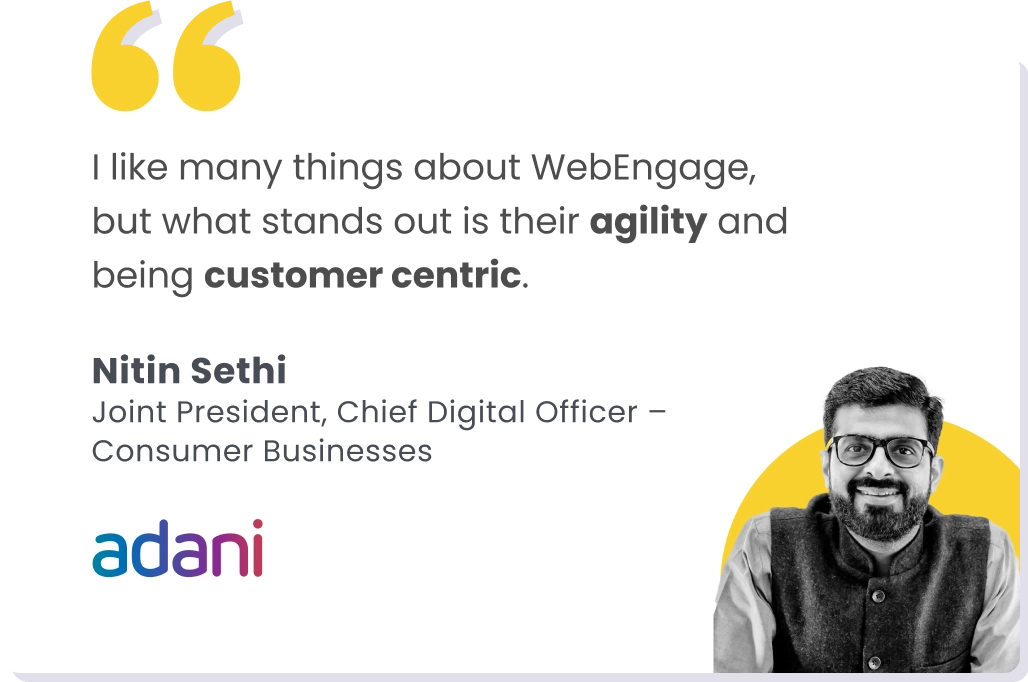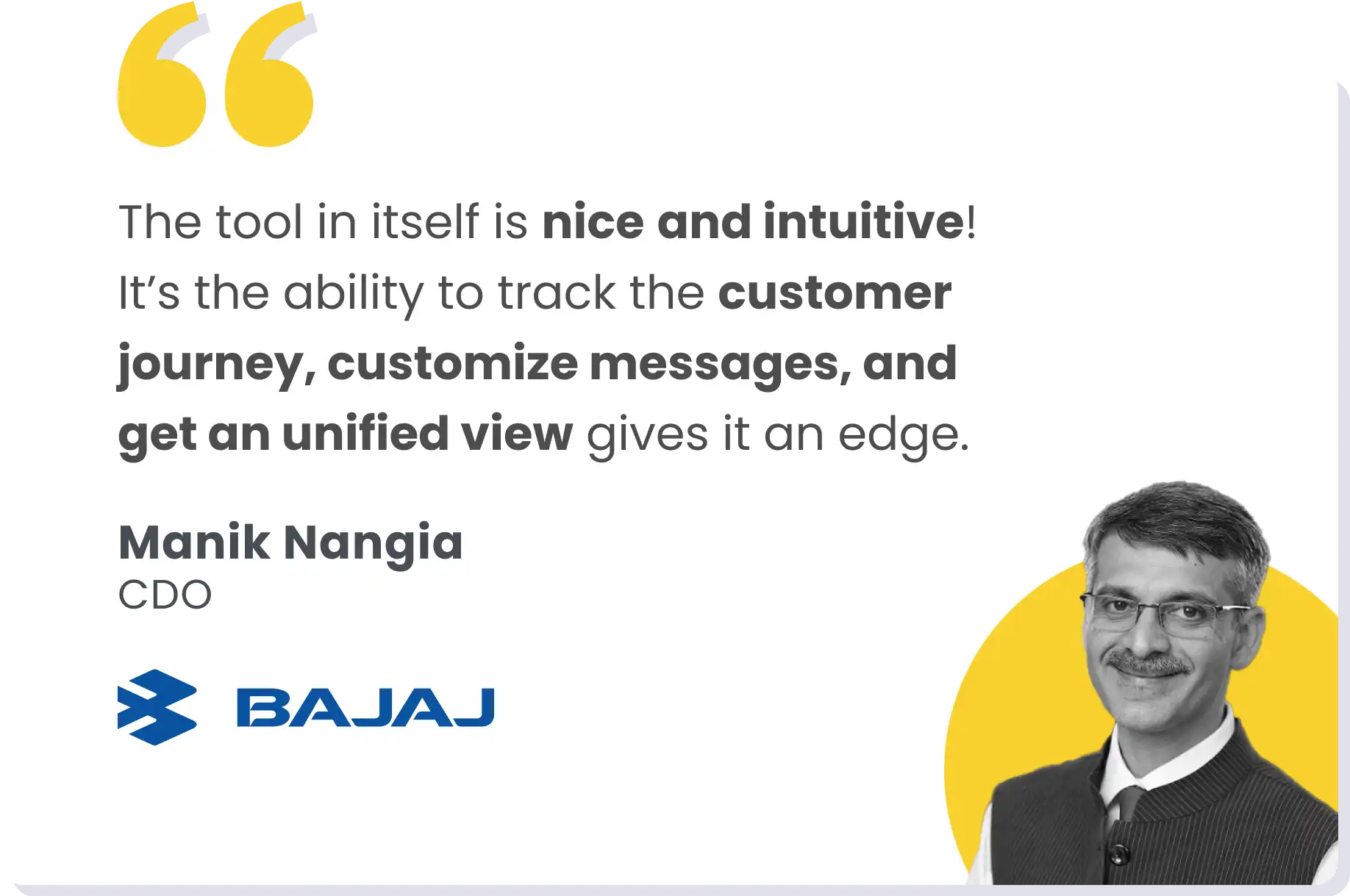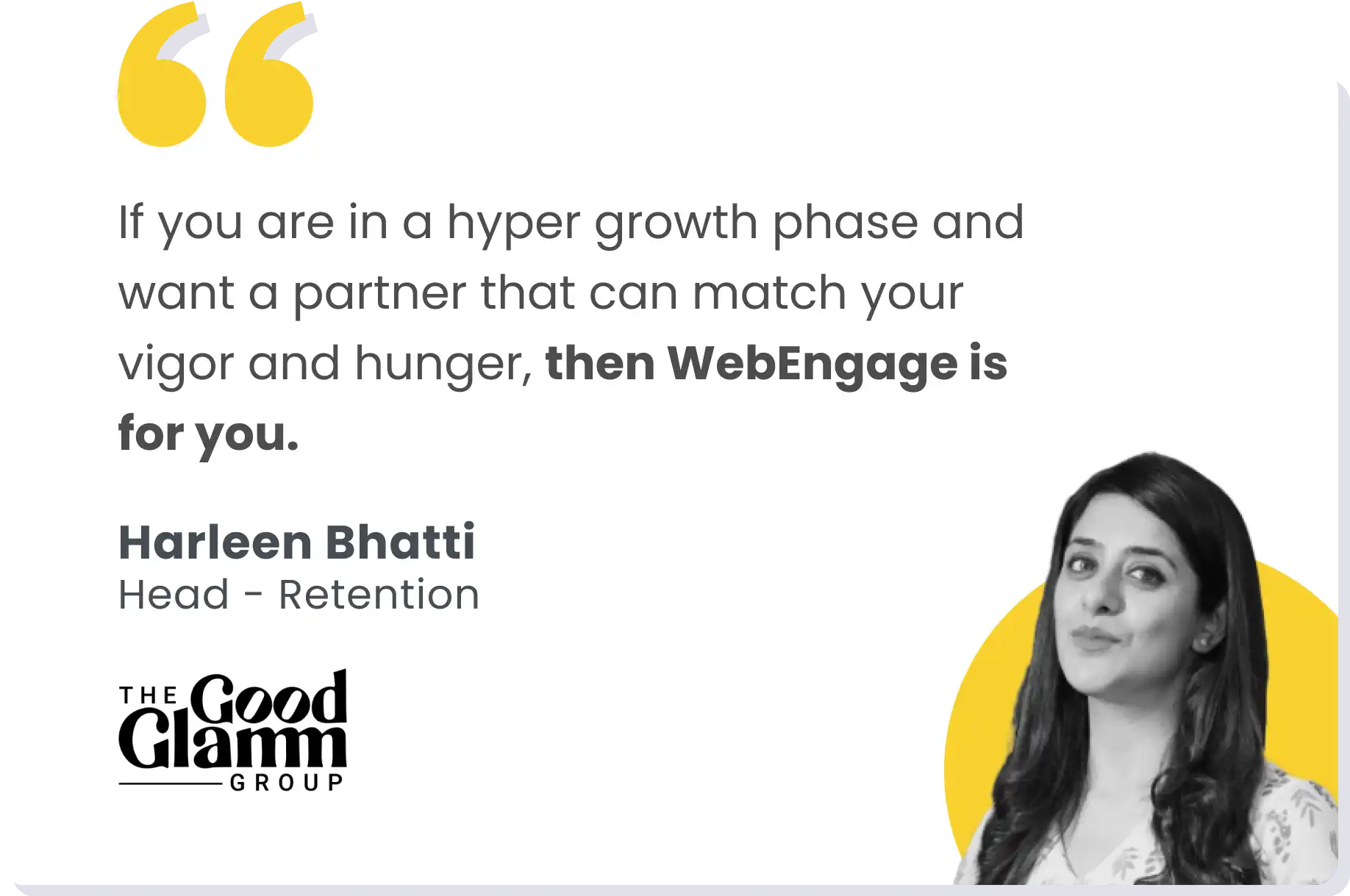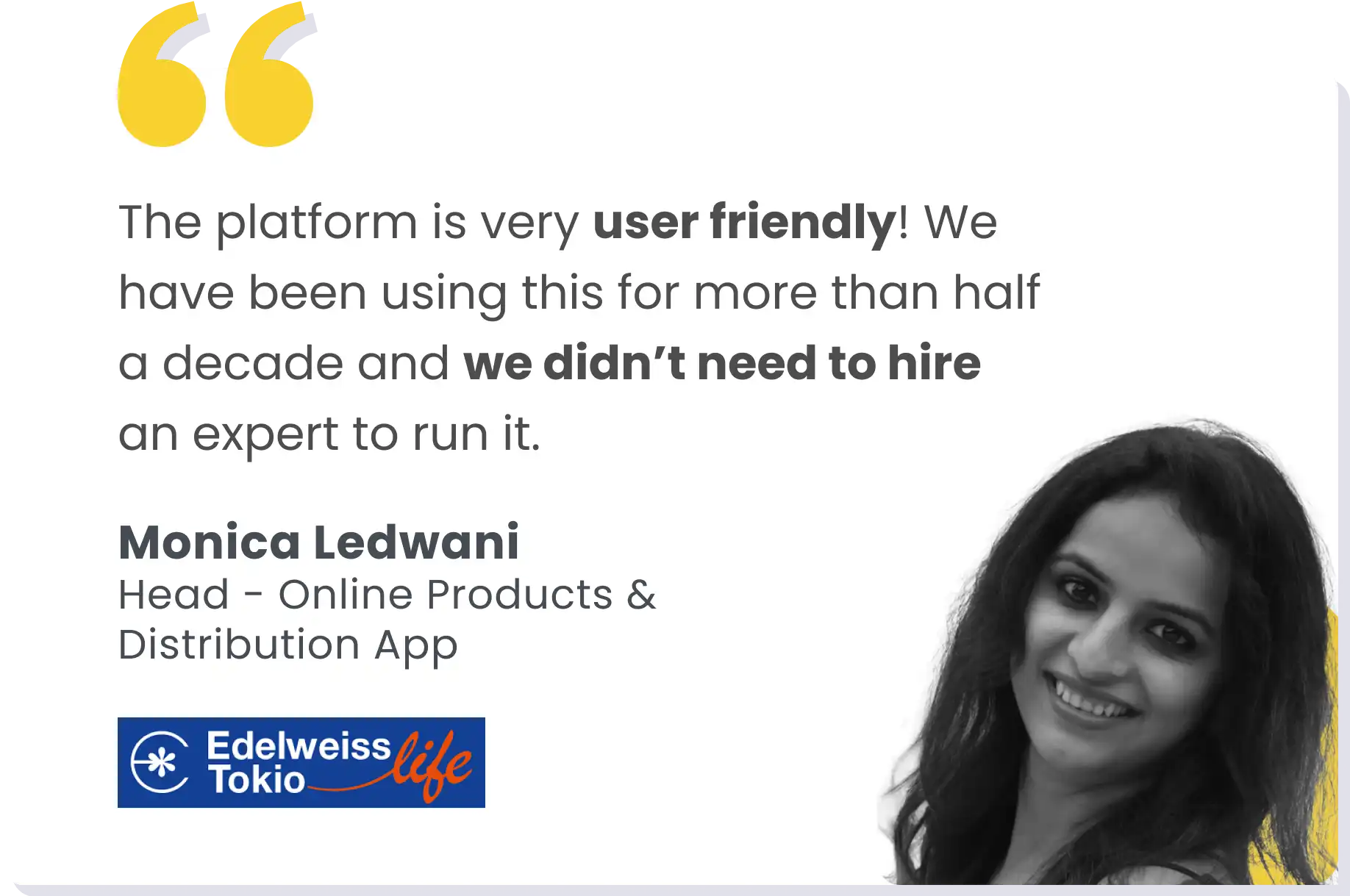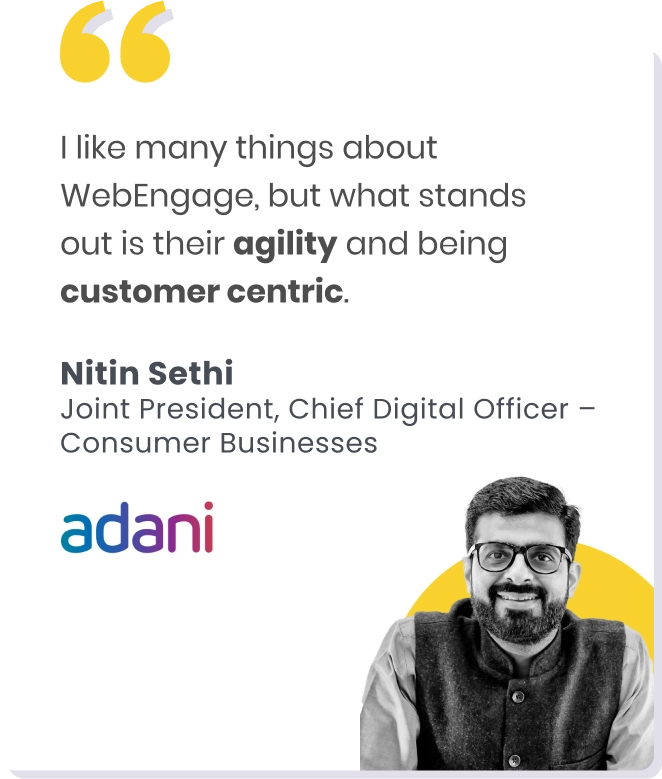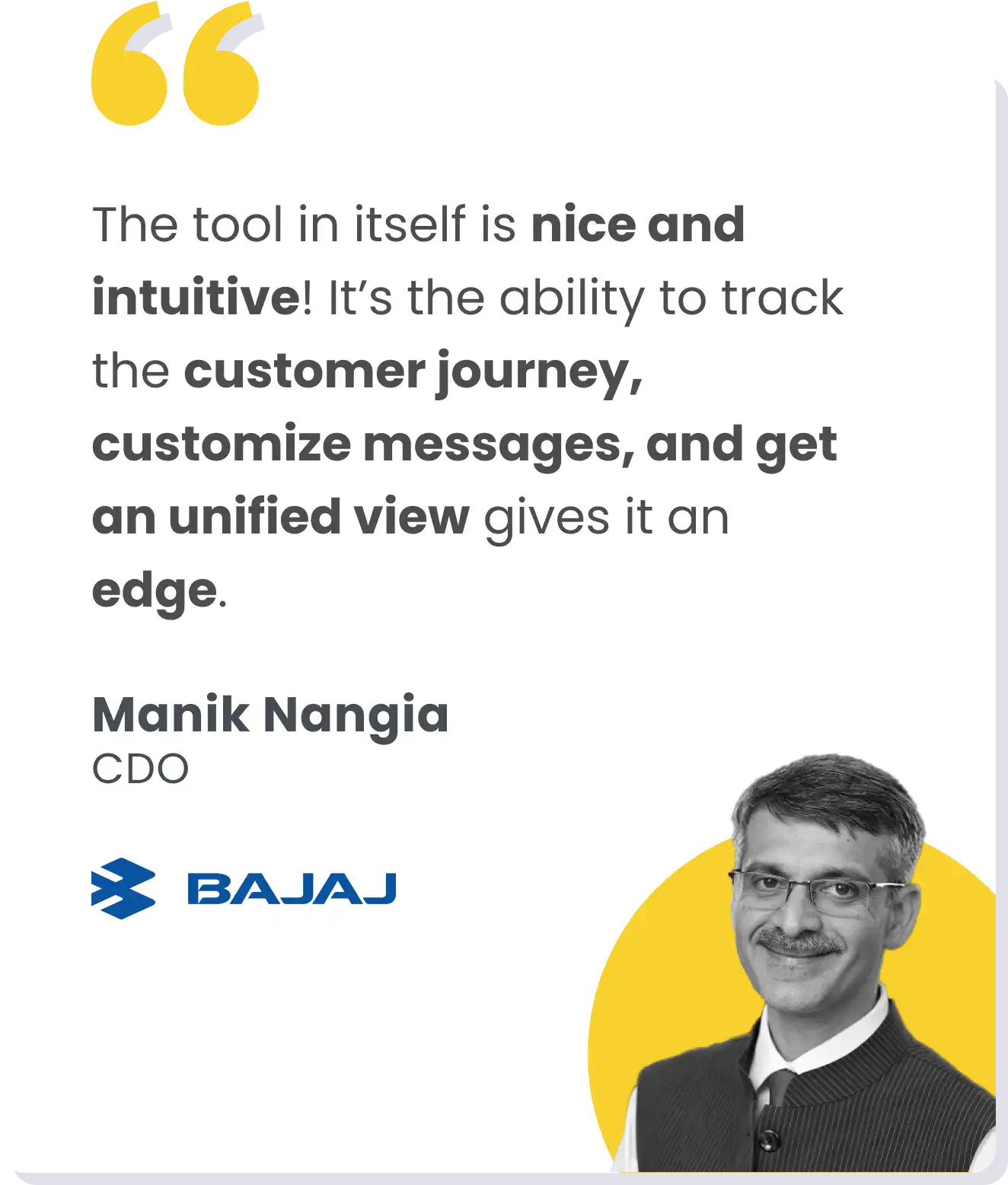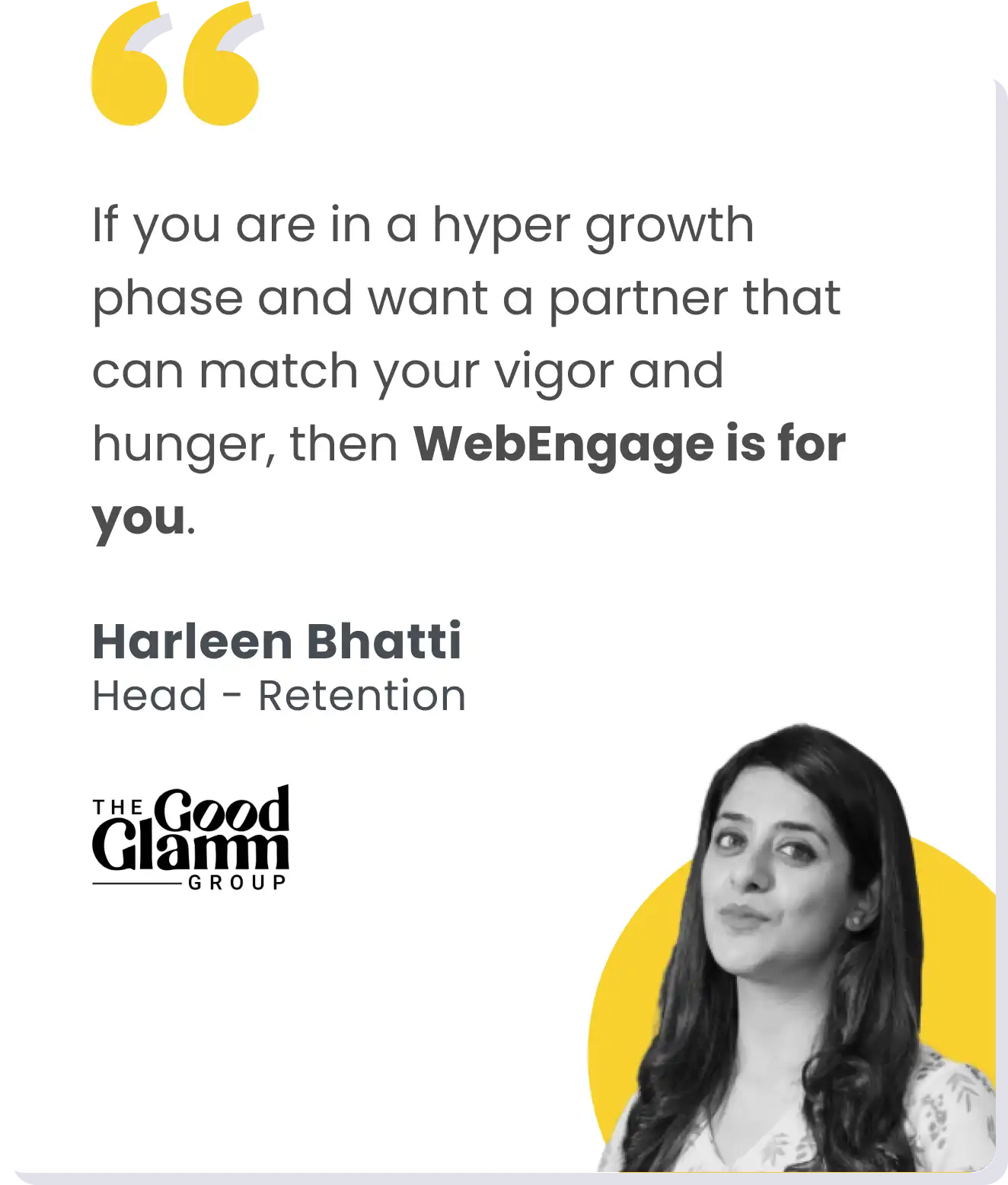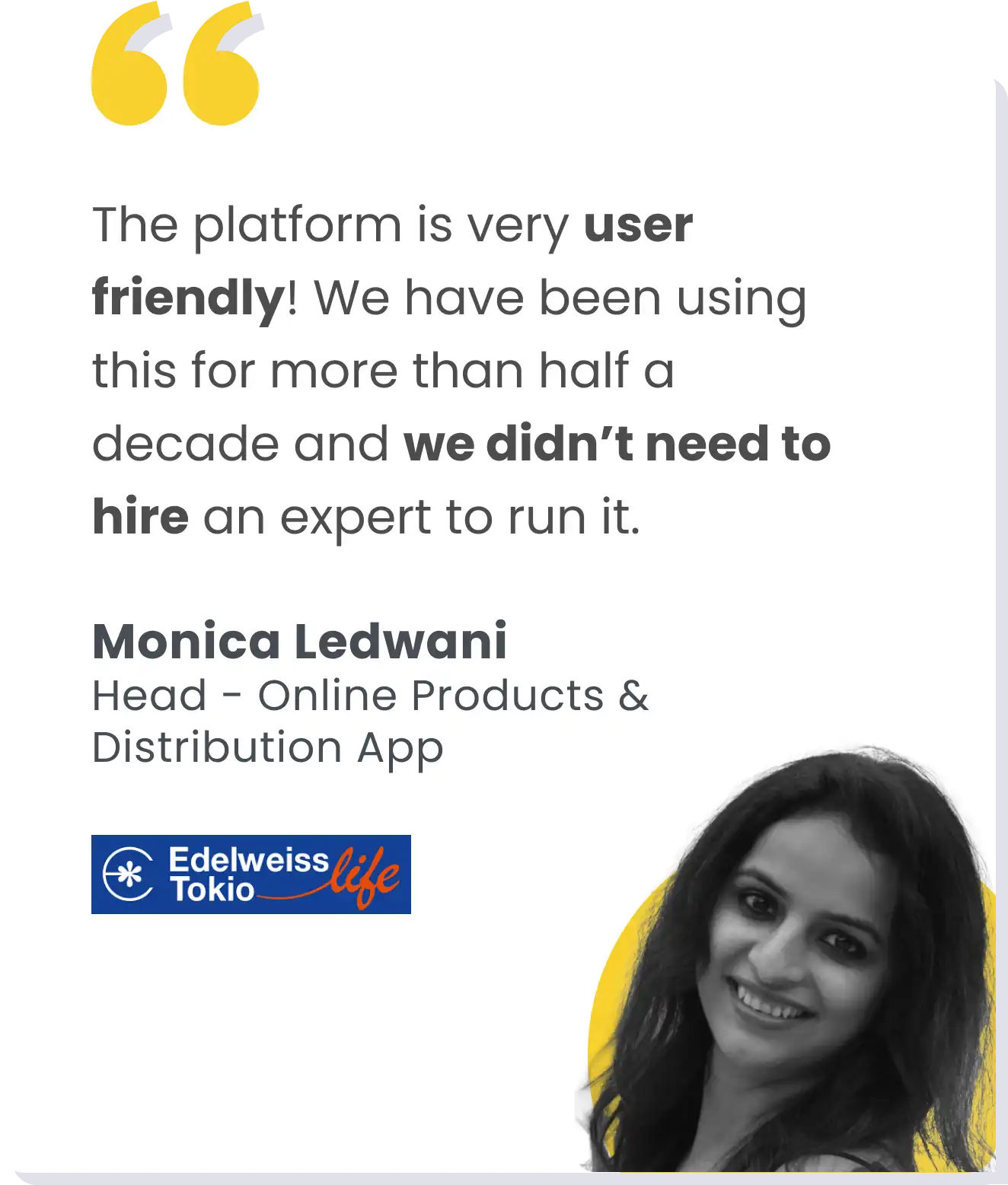As marketers, we’re constantly striving to prove the value of our efforts and optimize our strategies. But today, accurately measuring the impact of our campaigns can feel like trying to solve a Rubik’s Cube blindfolded. That’s where control groups and attribution models come in—they’re the secret weapons that can help us cut through the noise and truly understand what’s working (and what’s not).
In this blog, we’ll explore how control groups and attribution models can help you isolate the true impact of your marketing efforts, understand which touchpoints drive conversions, and ultimately make data-driven decisions to boost your customer retention.
Demystifying Control Groups
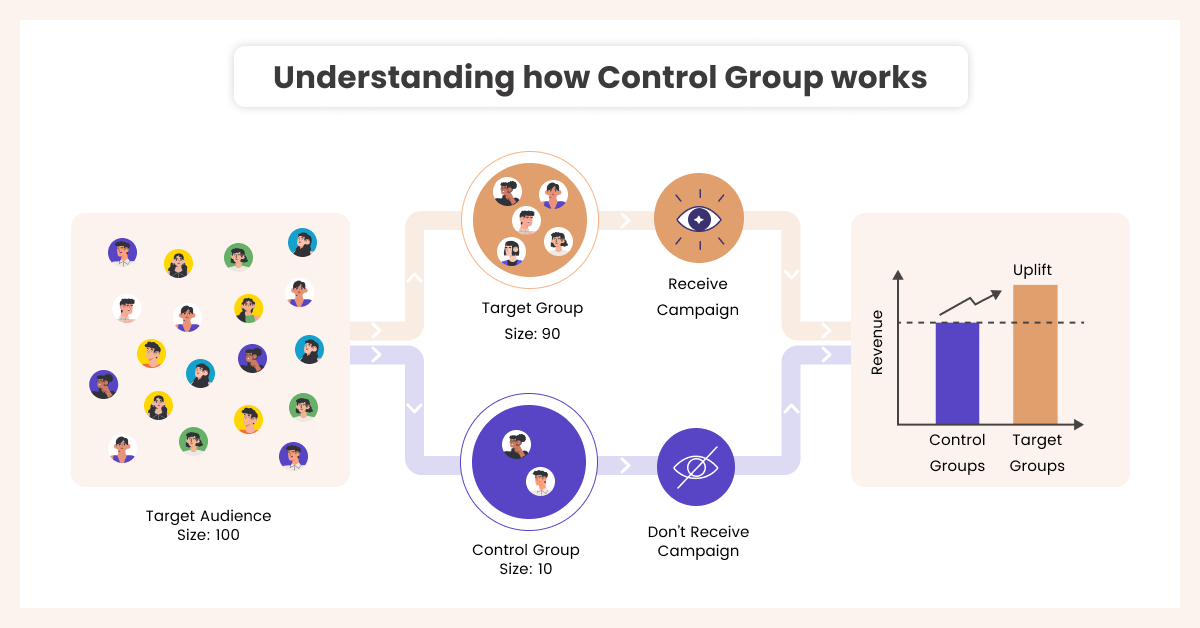
Simply put, a control group is a segment of your audience that doesn’t receive a particular marketing intervention. By comparing the behavior of this group to those who do receive your campaign, you can isolate the true impact of your efforts. It’s like having a crystal ball that shows you what would’ve happened if you hadn’t run that campaign at all.
At MyGlamm, we implemented a control group strategy for our cart abandonment campaign. We found that a 5% control group was sufficient to draw meaningful conclusions. This approach allowed us to measure the incremental impact of our retention efforts accurately.
When setting up control groups for retention marketing campaigns, consider the following:
- Statistical significance: Ensure your control group is large enough to yield reliable results.
- Timing: Run tests during “business as usual” periods to avoid seasonal fluctuations. You don’t want to launch a major test during Diwali when everyone’s shopping behavior is atypical.
- Segmentation: Create control groups that represent your diverse customer base.
- Channel control: In CRM, we have the luxury of being 100% sure that our control group isn’t exposed to our messaging. This level of control isn’t always possible with other channels like PPC or digital advertising.
Unraveling the Attribution Models
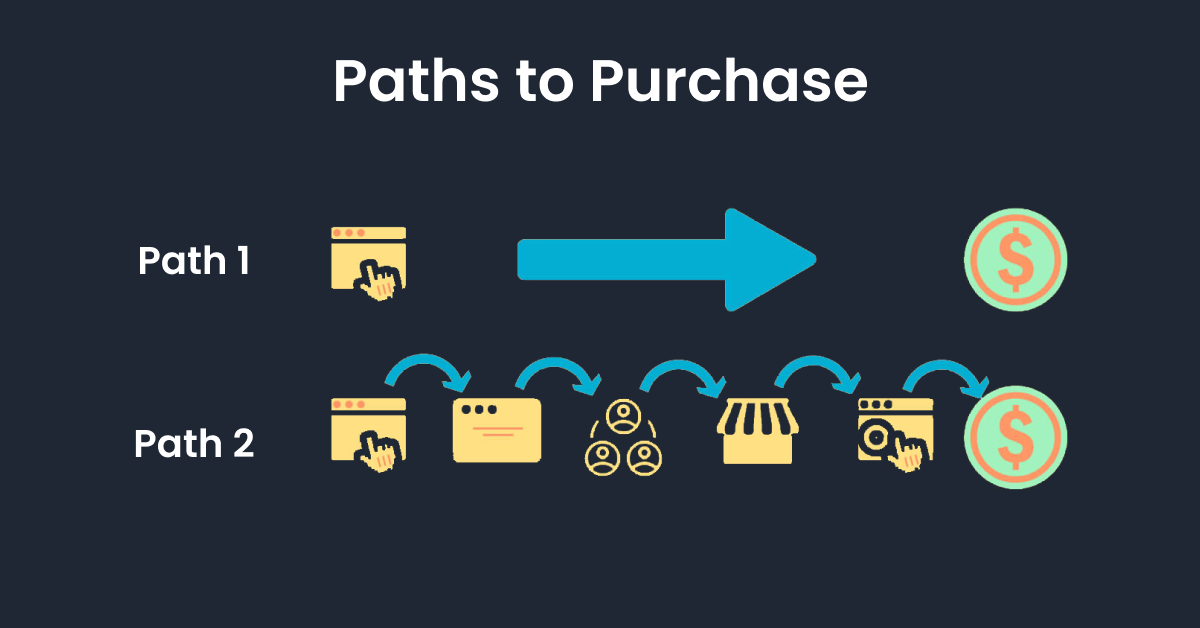
Now, let’s talk about the holy grail of marketing measurement: attribution. Attribution is about understanding which touchpoints along the customer journey are actually driving conversions. But here’s where it gets tricky – customers don’t always follow a linear path to purchase. They might see a TV ad, click on a Google search ad, abandon their cart, and then finally convert after receiving an email reminder.
So how do we make sense of this tangled web? Enter attribution models. These are frameworks that help us assign credit to different marketing touchpoints.
At MyGlamm, we use multiple attribution models to gain a holistic view:
- First-touch attribution: Identifies which channels are introducing customers to our retention programs.
- Last-touch attribution: Shows which final touchpoint is driving the repeat purchase.
- Multi-touch models: Distribute credit across multiple touchpoints in the retention journey.
Here’s a pro tip: don’t get too caught up in choosing the “perfect” attribution model. The key is to use multiple models and compare the insights you gain from each.
A Real-World Example
We ran a TV ad campaign at MyGlam and wanted to measure its impact on retention. By looking at first-touch attribution, we saw a significant spike in direct traffic immediately after the ad aired. However, when we examined last-touch attribution, we found that many of these users ultimately converted through other channels like paid search or email.
This insight was crucial–it showed us that while TV was driving initial awareness, our digital channels were playing a vital role in closing the sale and driving repeat purchases. Without this multi-faceted approach to attribution, we might have undervalued the impact of our TV spend on retention or overestimated the effectiveness of our digital channels.
Setting the Right Attribution Window
One crucial aspect of attribution that often gets overlooked is the time window. How far back should you look when attributing conversions? In our experience, this can vary drastically depending on your industry. For example, as an e-commerce beauty brand, we found a 24-hour window sufficient for most retention campaigns. However, for a subscription program, we can extend this to a 7-day window to capture the full decision-making process.
Consider your product category and typical repurchase cycles when setting attribution windows. A fast-moving consumer goods brand might use a shorter window, while a high-consideration product category might require a longer one.
The Universal Control Group
For mature companies with significant marketing spend across multiple channels, implementing a universal control group can be a game-changer for measuring retention efforts. This involves setting aside a small percentage (say, 2-5%) of your user base who never receive any marketing communications. It allows you to measure the true incremental impact of your entire marketing ecosystem on retention.
However, this approach may not be suitable for hyper-growth startups where every user interaction is critical. It’s a strategy that becomes more viable as your user base and marketing sophistication grow.
Conclusion
Mastering control groups and attribution for retention marketing is about gaining the insights you need to continuously optimize your strategies and keep customers coming back. By embracing these data-driven approaches, you’ll be well-equipped to navigate the complex world of customer retention and drive real, measurable results for your business.
Knowledge is power in retention marketing. So don’t be afraid to dive deep into your data, question your assumptions, and always keep testing.


